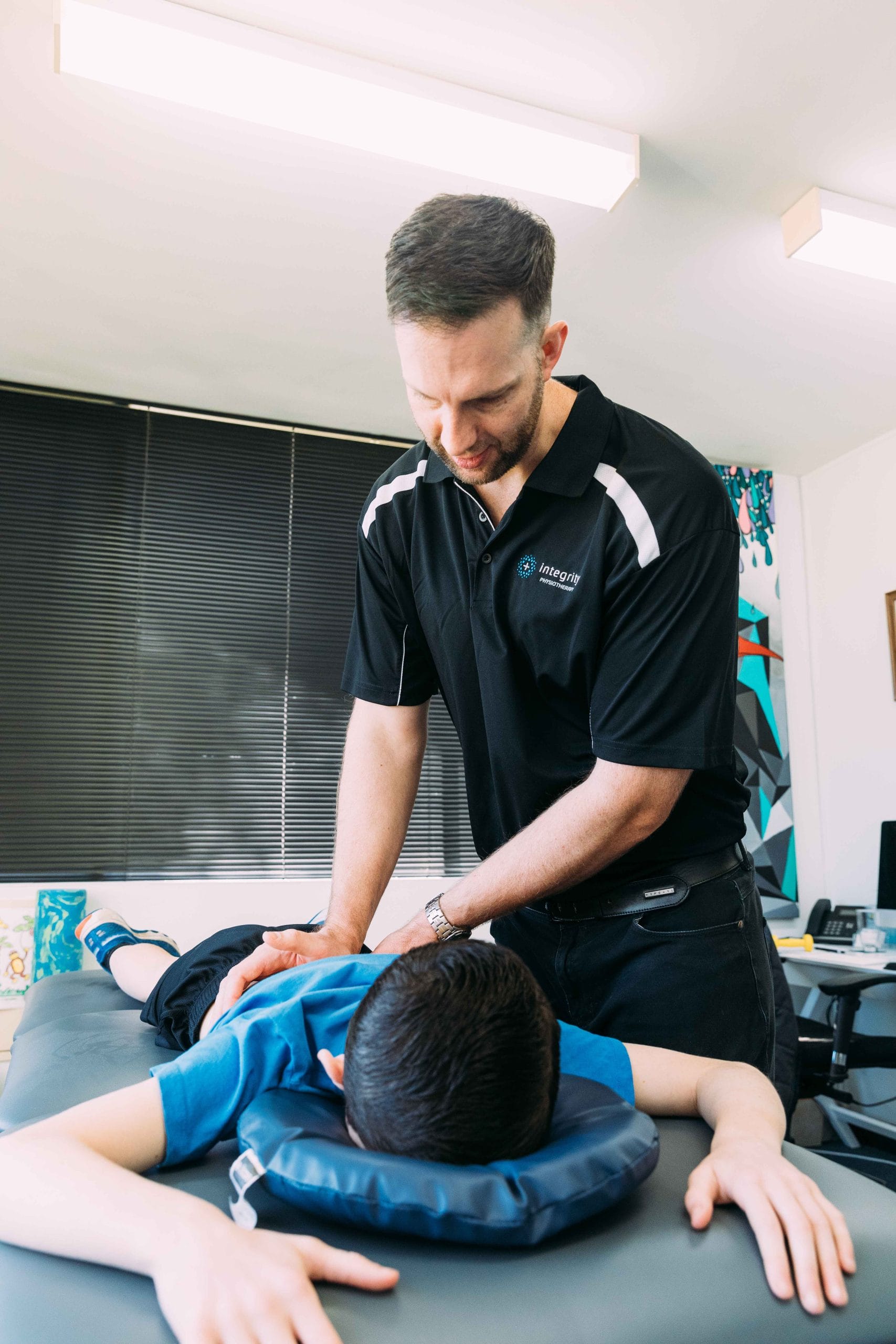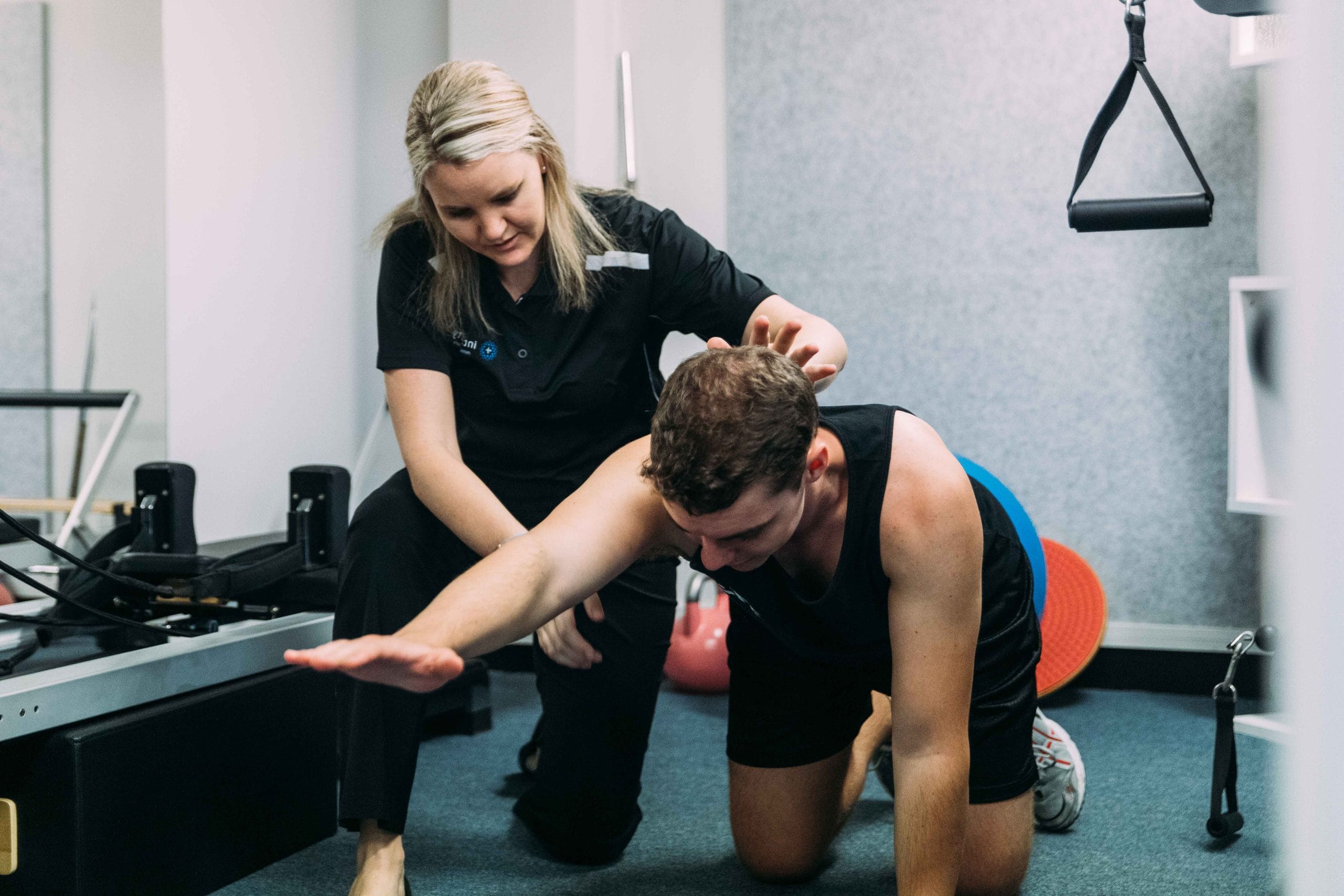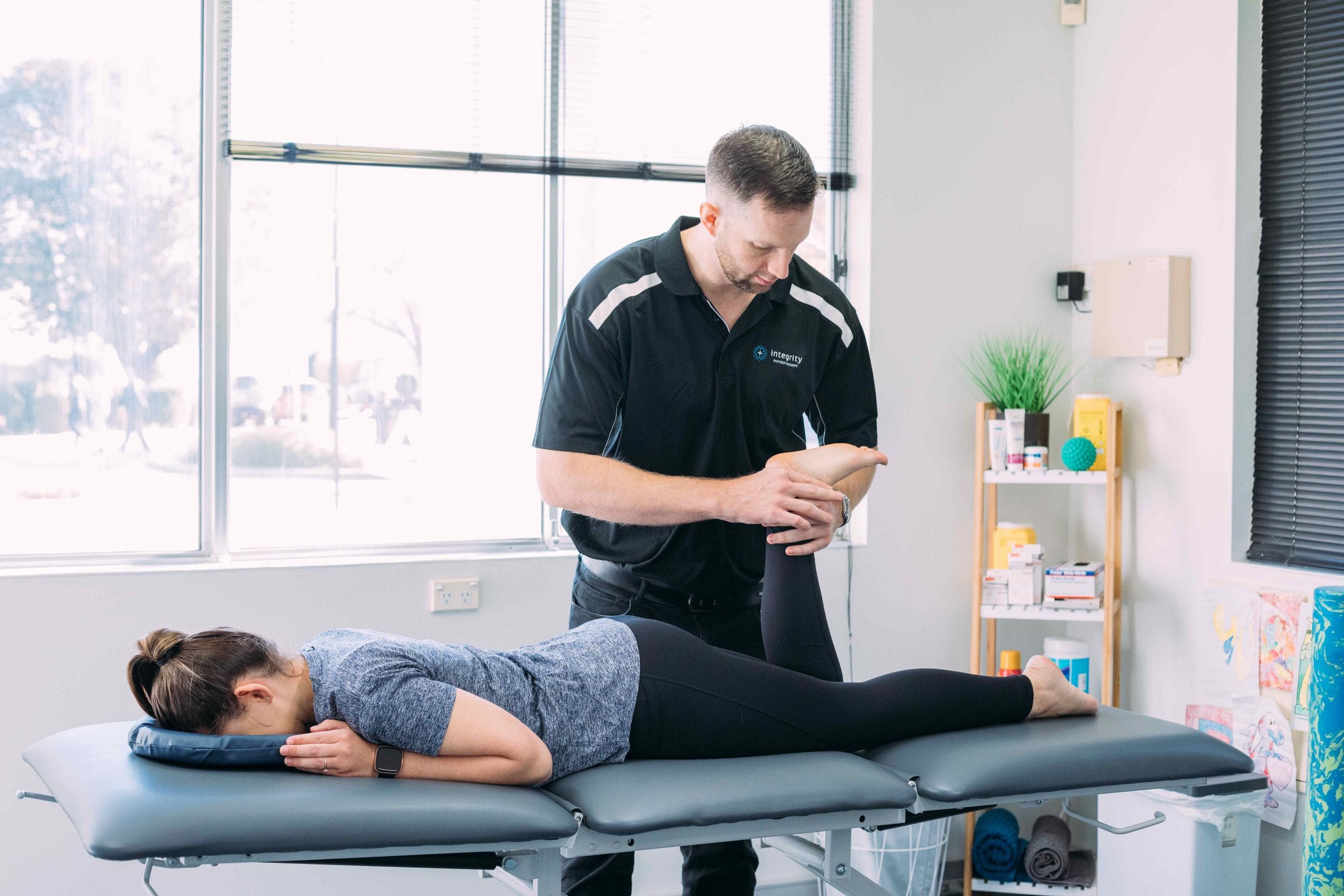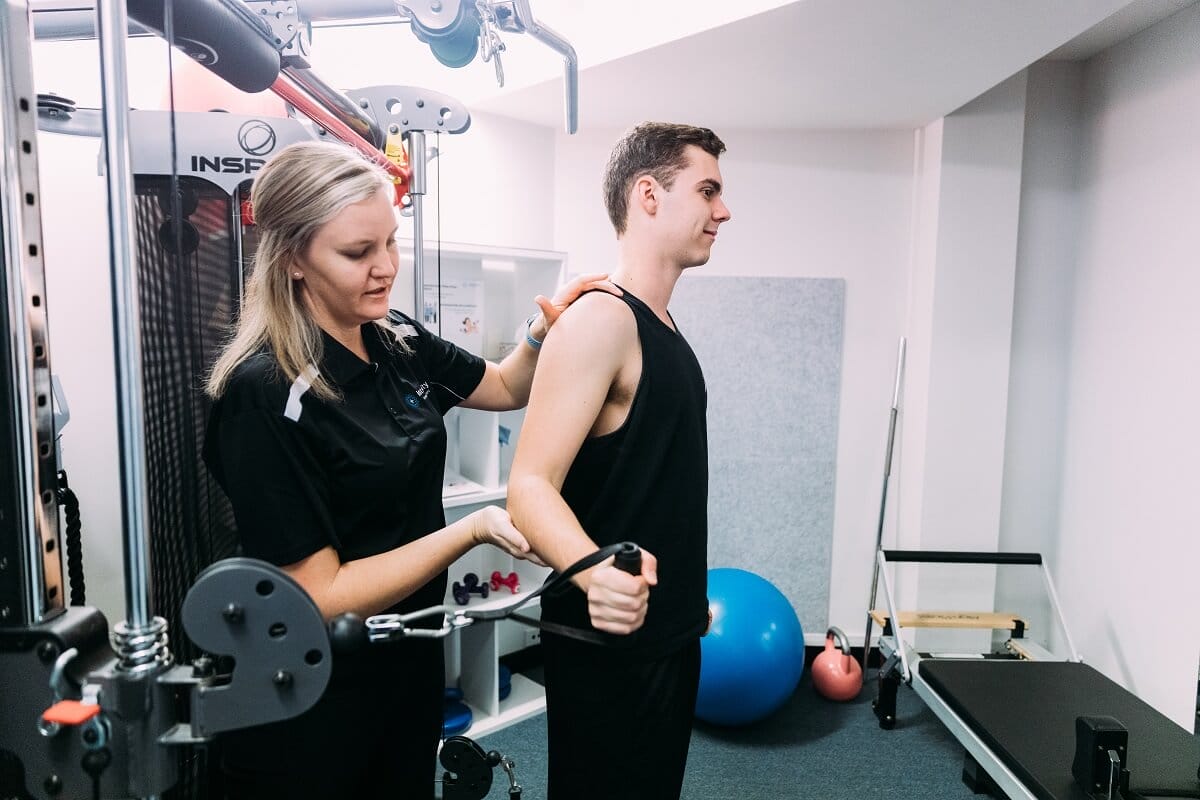
Find your path to coccyx pain relief
Struggling with the persistent discomfort of coccyx pain?
At Integrity Physio, we understand that this pain can overshadow even the simplest daily tasks, making life unnecessarily challenging. Our dedicated team of physios is here to change that.
We provide tailored, evidence-based physio for coccyx pain that focuses not just on symptom relief, but on long-term wellness and pain-free living.

How our coccyx pain physios can help
Through a combination of targeting physiotherapy techniques, we work to reduce pain, improve mobility, and strengthen the muscles around your coccyx to prevent further pain and injury. Our approach is not just about managing symptoms; we want to identify and treat the underlying causes of your pain.
We do this through a range of methods, including manual therapy, tailored exercises, and posture correction, all designed to provide lasting relief. We don’t just treat coccyx pain; we treat you as a whole and ensure a comprehensive path to wellness.
With each session, you’ll feel another step closer to regaining your normal lifestyle.
Your guide to coccyx pain
Everything you need to know, from symptoms and causes to treatment.
Your coccyx, commonly known as the tailbone, plays a crucial role in your body, despite its small size. Located at the bottom of your spine, it serves as an anchor for various muscles, tendons, and ligaments, and plays a vital role in supporting your weight when sitting, especially in a leaning back position.
Your coccyx also assists in many functions of the pelvic floor, including bowel movement control and childbirth. Its unique structure and placement make it an integral part of your body’s overall stability and function, balancing the demands of support, movement, and control.
Coccyx pain, or coccydynia, manifests in several ways.
- Sharp or aching pain at the base of the spine, made worse when sitting or moving from sitting to standing
- Increased pain intensity with long periods of sitting, engaging in physical activity, or applying pressure to the tailbone area
- Possible dull, throbbing pain radiating to the hips and thighs
- IMuscle tension around the coccyx area
- Discomfort during bowel movements or sexual intercourse
- Sensitivity or tenderness in the coccyx area, potentially indicating inflammation or trauma
Preventing coccyx pain involves a combination of lifestyle adjustments and ergonomic practices. Look at incorporating some of the following:
- Optimise sitting posture and choose chairs with good lumbar support to prevent poor posture
- Use a coccyx cushion for added tailbone pressure relief
- Engage in regular exercise to strengthen core and pelvic floor muscles
- Avoid prolonged periods of sitting; take frequent breaks to stand and stretch
- Maintain a healthy weight to reduce stress on the coccyx
- When participating in physical activities, use proper technique and equipment to prevent tailbone impact
- Seek coccyx pain treatment early to ensure the issue is addressed early on
Sometimes coccyx pain can go away on its own, but if you’ve had discomfort for more than a few weeks, or if it’s interfering with your daily activities, it’s probably time to see a physio for coccyx pain. This is especially the case if your pain is accompanied by symptoms like swelling, bruising, or pain during bowel movements or sexual activity.
Our physios can assess the severity of your condition and tailor a treatment plan that might include exercises, manual therapy, and pain management. Early intervention can not only alleviate immediate pain but also prevent chronic issues and improve your overall spinal health.

A typical session includes an assessment of your condition, followed by treatment such as manual therapy, tailored exercises, and advice for managing pain at home. Treatment for coccyx pain may also provide ergonomic advice and posture correction techniques.
Improvement time varies but many people start to feel better within a few weeks of consistent treatment. The total duration depends on the severity and cause of the pain, as well as how closely you stick to your therapy and exercises!
Yes, exercises like pelvic floor strengthening, gentle stretching, and core stability exercises can be beneficial. Your physio for tailbone pain will provide specific exercises suited to your condition.




